Watch budgeting is a funny thing. For most collectors, it involves a significant amount of mental gymnastics as money is moved in and out of an imaginary bank. We say things like “sorry, no funds in the watch bank” when our friends are selling a watch we don’t want to buy. But when Jomashop is offering a deal on that Seiko we’ve been lusting over, funds are magically ready for immediate withdrawal. Sometimes this is because we’ve recently sold some watches and actually have a positive balance in the watch bank. But often, we buy that new Seiko on “credit” with a self-promise to liquidate the current collection to restore financial balance.
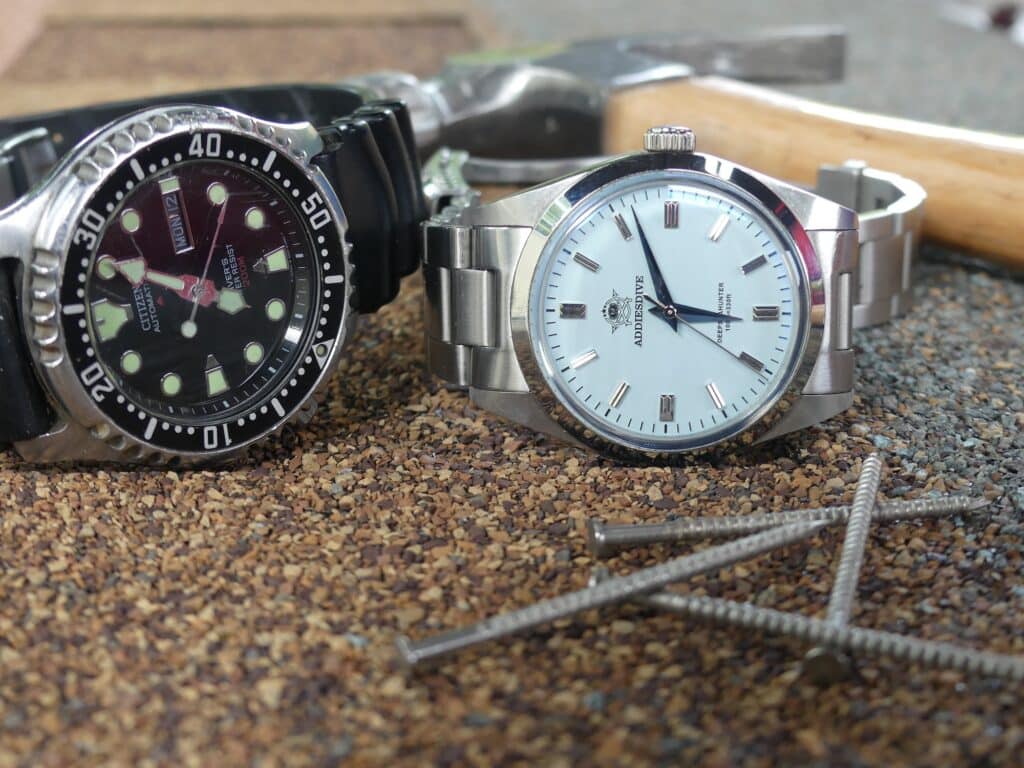
From an outside perspective, these mental games and unconventional budgeting tactics may appear like mayhem. But in my own experience and observing my fellow collectors, there is an art to determining when to make a purchase and how much to spend. At the heart of the watch purchasing conundrum is the fact that, in most scenarios, owning a watch in 2024 is voluntary. Like other non essential purchases, watch buying only happens after all the boring stuff like rent and car payments have been paid for. In my attempt to be a responsible adult, I try to allocate leftover these funds appropriately. A small amount is earmarked for the occasional mediocre burger that somehow costs $15. Likewise, money is periodically set aside to save for an annual summer road trip. Even for these “fun” purchases, planning is involved.
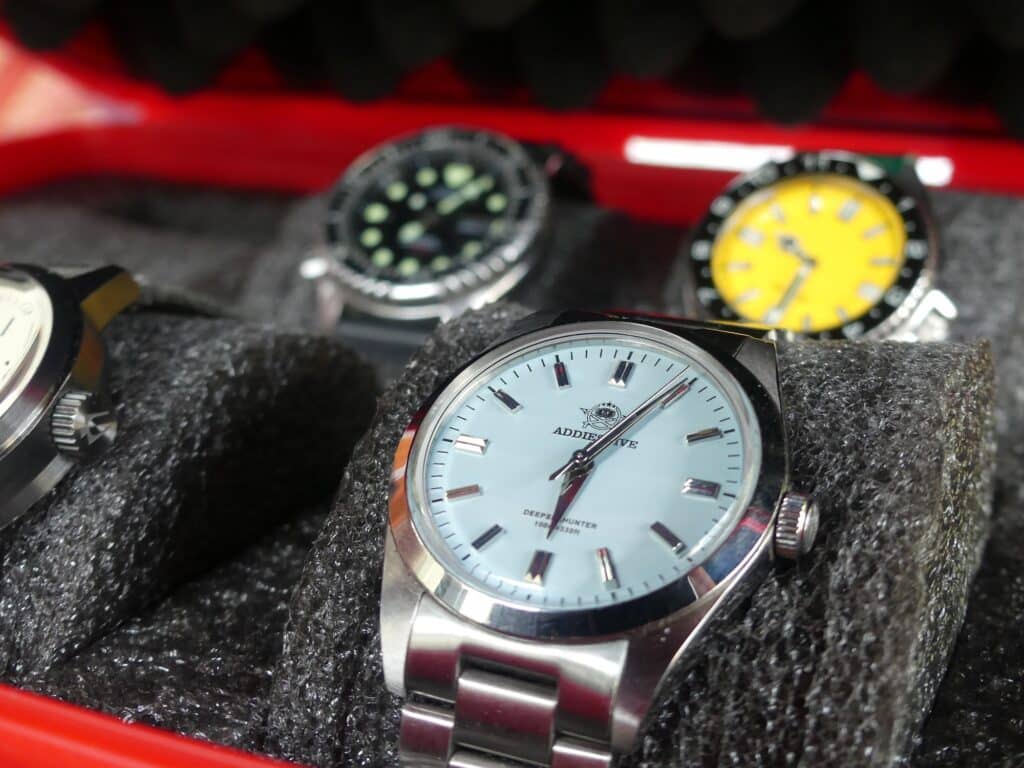
Financial Thresholds to the Rescue
Watch collectors tend to be opportunistic, which presents a budgeting challenge. While we can plan ahead for nights on the town and vacations, it’s hard to plan ahead when we don’t know if we’ll get “the call” after being on the waitlist for years. In much the same way, it’s impossible to predict sudden infatuation with a new release when hitting that buy button seems suddenly inevitable.

To combat the unpredictability of watch purchases, collectors incorporate financial thresholds as part of a collecting strategy. These thresholds can be any price bracket we feel comfortable making frequent purchases. Be it $20 for Casio F91 collectors or $20,000 for those willing to pay inflated prices on the secondary Rolex market, we’ve all found a financial lane. For me, the magic number is $250. In most other aspects of life, it’s a tremendous amount of money. It’s a full grocery cart, or a car payment. Rarely would I consider spending $250 on any other single item.
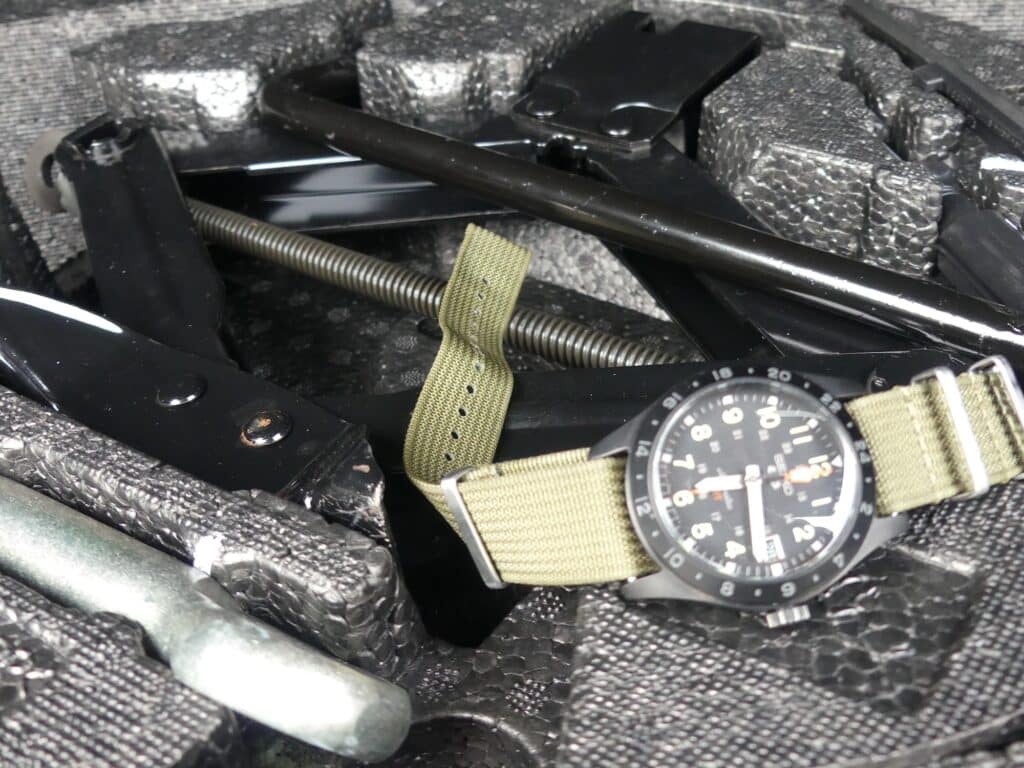
Heck, my entire closet probably contains only $250 worth of clothes. But for a watch purchase, $250 is a relatively modest amount of money. It’s a Seiko or budget NH35 powered microbrand, or maybe a second hand watch powered by a higher end movement such as a Miyota 9015.

Sticking to my self-imposed financial threshold lane, I’ve happily been able to explore various genres of the watch market. From dress to dive to quartz to mechanical, I’ve owned them all. Sure, there have been some limitations. A budget lane rules out anything with Swiss movements and the luxury segment of the market. But despite these limitations, I found joy in this price bracket because I was able to explore it without any financial guilt.

Changing Financial Lanes
For a few years, I’ve happily stayed in my self-imposed collecting lane. But in 2023 I found myself increasingly bored with my budget collection. And so, I entered 2024 with a consolidation mindset. The plan was to sell four watches (most of my collection) to upgrade to my first purchase at a higher financial threshold. With a go big or go home attitude, I planned on skipping straight past the $500 and $750 thresholds, and jumping straight to $1000. Specifically, I had my eye on the Formex Essence priced at around $1500 new, but often available for $1000 used.

Relying on classic watch budgeting mental gymnastics, I decided that spending $1000 on a watch would feel financially irresponsible if the money came from selling other watches. Depositing and then withdrawing $1000 from my mental watch bank made perfect sense. I got to selling, and sure enough, fellow enthusiasts were willing to take my carefully curated budget collection off my hands. Within a few weeks I had a sparse looking watchbox, but $1000 ready to be spent on my dream watch. But when one went up for sale on eBay, an unexpected thing happened: I chickened out. Spending $1000 on a non-essential purchase suddenly felt absurdly irresponsible. I looked around my house at projects waiting to be tackled, and realized I simply couldn’t enjoy a $1000 watch until I had taken care of other responsibilities in my life.
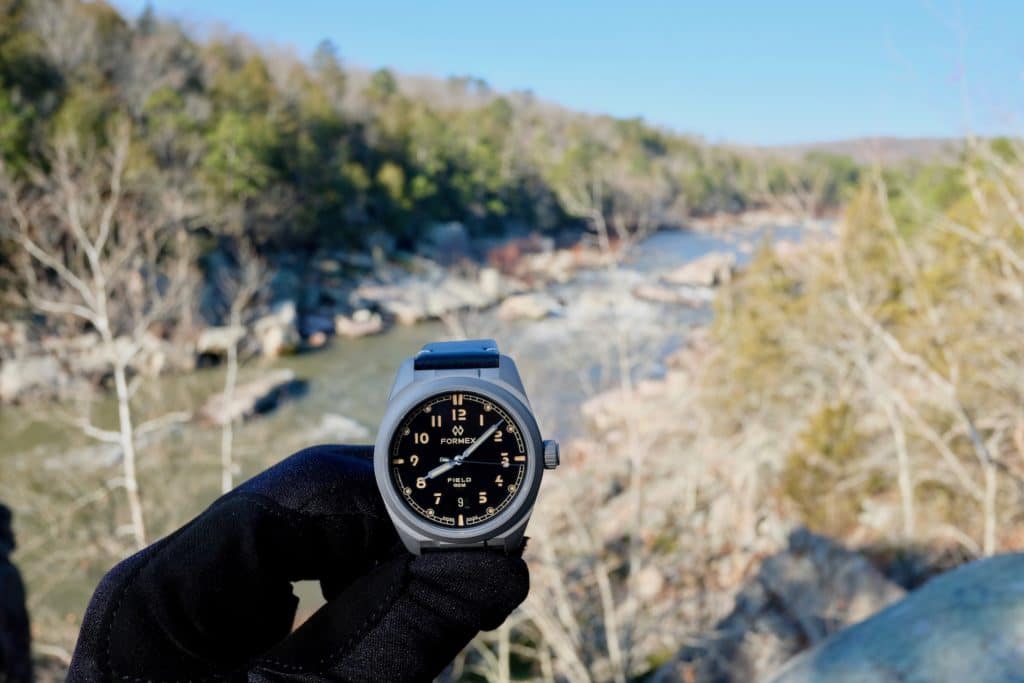
And so, I downgraded my aspirations. A sucker for Formex, I set my sights on the Formex Field. It shares much of the same charm as the Essence 39 including a beveled date window, but comes in a rugged titanium package instead of polished steel. With a retail price of about $1000, I set the goal of picking up a used one for about half that price. Maybe the watch gods were taunting me, because I quickly found one in like new condition for $600. But yet again, I chickened out. $600 felt irresponsible, and I let another Formex get away.
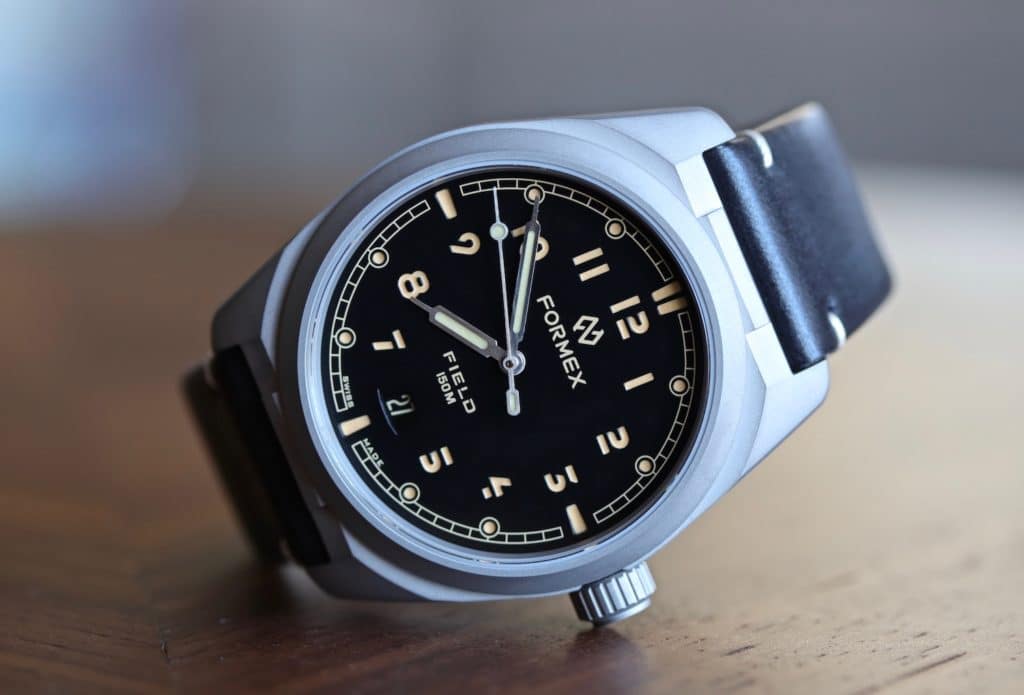
Right on cue, after I decided it wasn’t time to change financial lanes, my aging roof started leaking and I got a flat tire- a reminder that while watch budgeting may be a mental game, the money is real. Suddenly, filling a slot in my watchbox was at the bottom of my priority list.
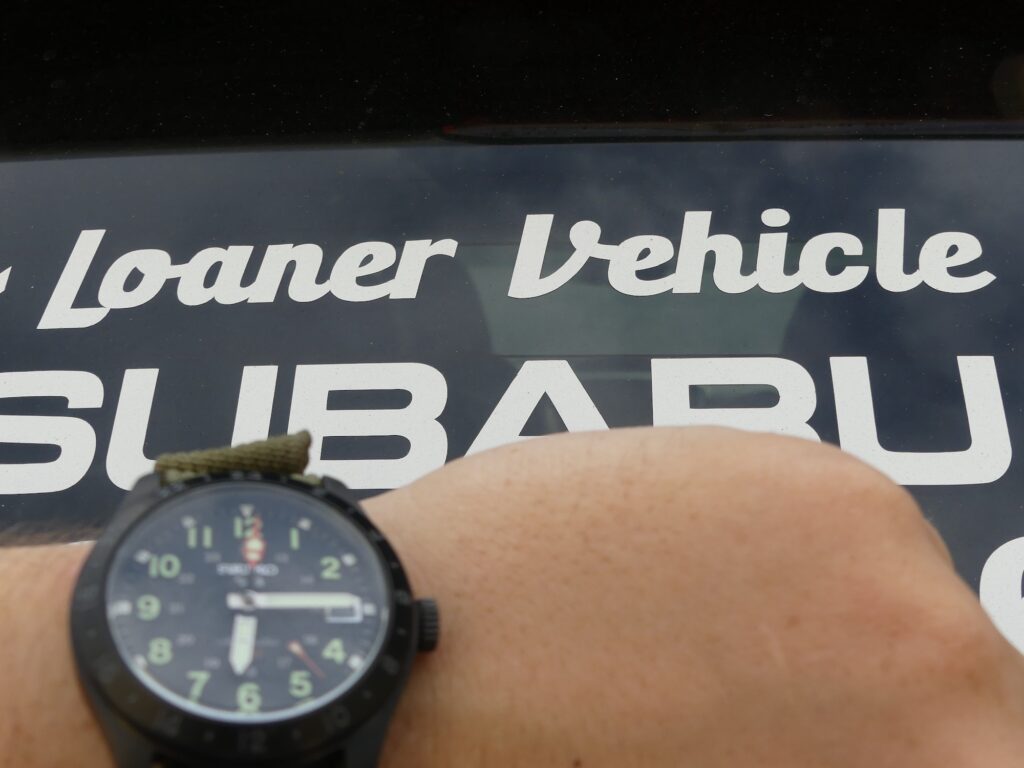
Final Thoughts
I entered 2024 with a consolidation mindset, but am approaching midyear with a mostly empty watch box. I may not have a Formex under my newly repaired roof, but I do have a newly found appreciation for financial thresholds. It’s not the outcome I expected when I set out to upgrade my budget collection, but an outcome I am entirely comfortable with.
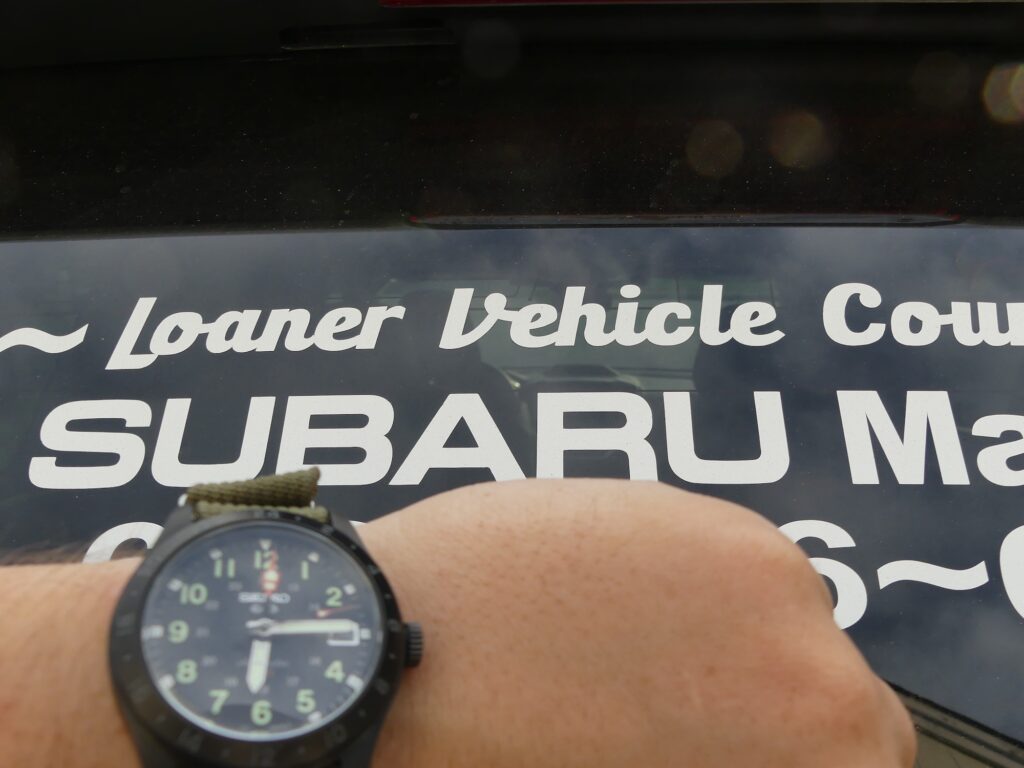
I share this story for two reasons. First, to highlight the under-discussed, totally boring, yet common conundrum of not being able to afford watches we have a genuine appreciation for. Much of this hobby is focused on celebrating purchases. Which I get. Purchasing a new watch always feels good, and it’s nice to have enthusiastic friends to share in the celebration. But behind the scenes, for every NWA (new watch announcement) there are countless watches we don’t buy- no matter how enthusiastic we are about them. I also share this story as a reminder to listen to that little voice in your head that tells you when it’s Ok to buy a watch. When the voice says “Go for it!” we love to take its advice. But when the voice says “Can we afford that?”, we tend to fight it. At the end of the day, that voice is there to help us embrace the financial thresholds that are part of an enjoyable collecting strategy.
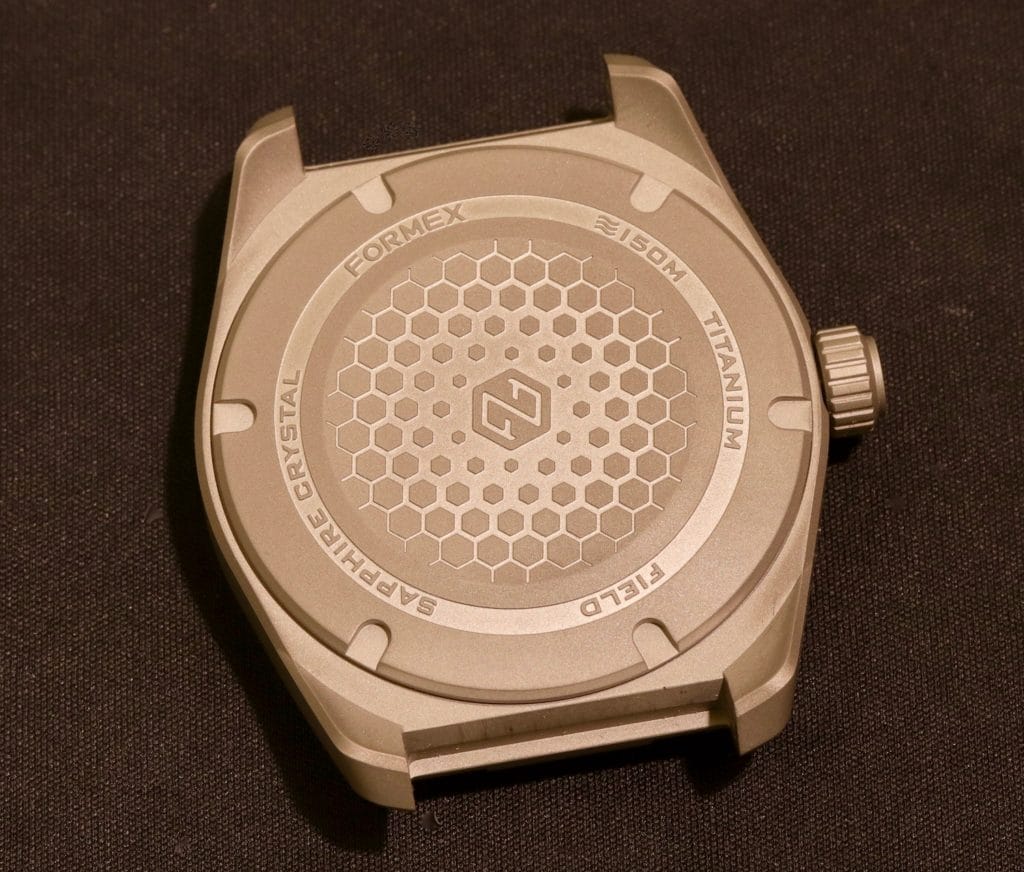
In every financial threshold there is something to be excited about. As for me, I love to modify watches, and plan on indulging my enthusiasm and slowly refilling my watchbox with some budget-friendly tinkering. And in the meantime, I’m not losing my enthusiasm for the Formex that I will someday purchase. There is joy to be found in lusting, and I’ll continue to spend a questionable amount scrolling on Instragram dreaming about the dial for me when that little voice in my head says the time is right.

Nathan Schultz is a New Hampshire based writer with a passion for affordable timepieces. He became obsessed with automatic watches in 2019 after learning not all watches have batteries, and quickly fell in love with the joys of collecting and modifying watches and meeting fellow enthusiasts. When not poring over new releases from big brands and microbrands, he can be found putting his tool watches to the test on local hiking trails.
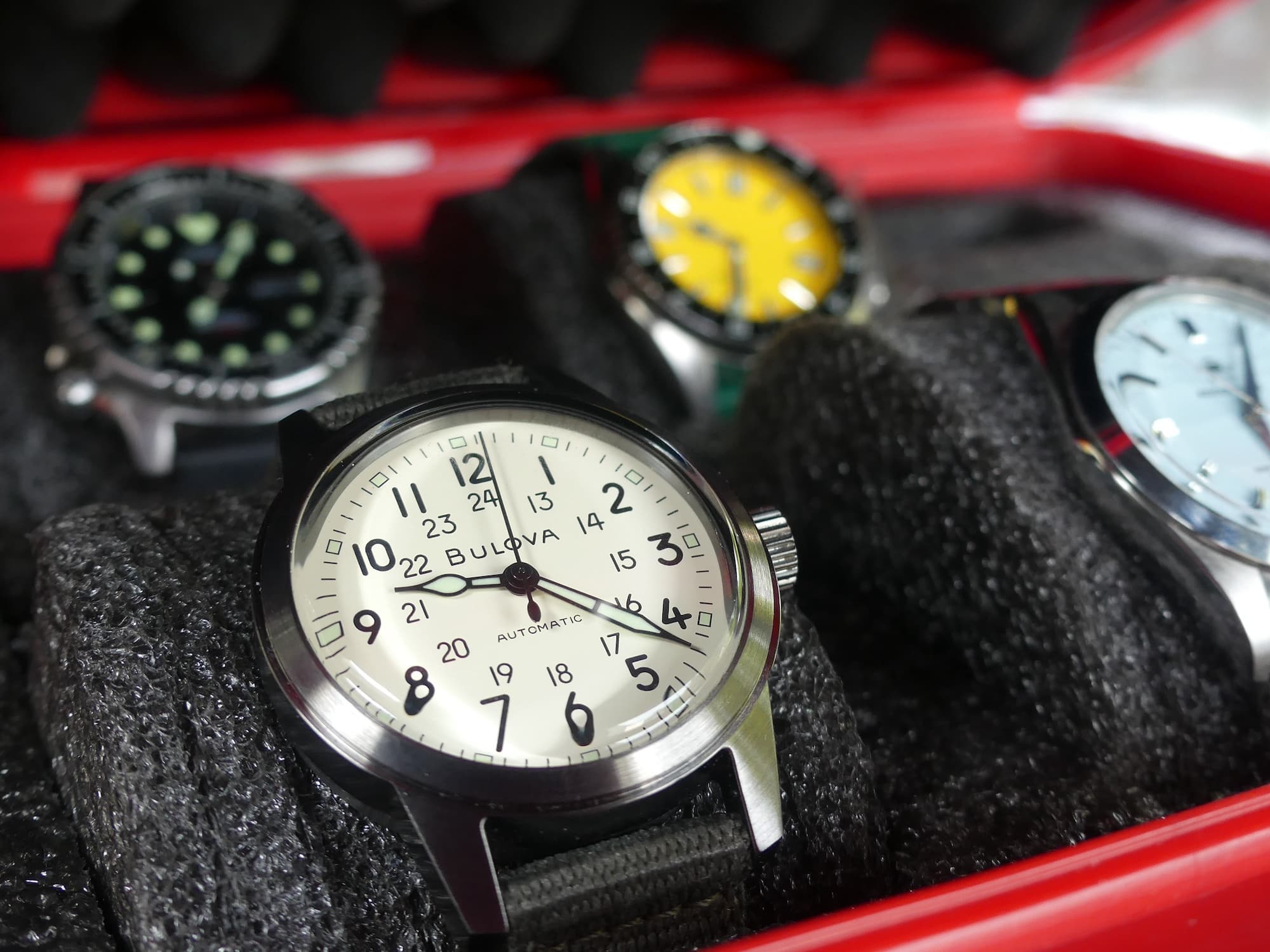
Good for you! It really is the responsible choice. My most expensive watch was $360 (an Islander Brookeville), and although there are several other watches I’ve been desiring in the same price range I’ve been able to resist purchasing for a while.
I “have” the money to buy them, but it just doesn’t seem responsible. I think, in addition to a price limit, having a transaction time limit is important. “I can buy myself one watch on my birthday/at Christmas/whatever” is good because it allows us to savor the anticipation and shopping process rather than having it pay off immediately and then wanting another new watch again.
Great article Nathan! It really speaks to those of us living in the “real world” with limited funds for our hobby. Also sometimes when we do have the funds we’re reluctant to spend. For me price discipline is a good thing. It’s forced me to do more in-depth research and find some great brands that aren’t as well known.